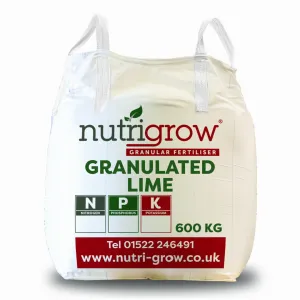You will need:
- Herbicide
- Blue dye marker, e.g Blue-gem
- Paddock soil analysis
- Recommended fertiliser
- Applicator (knapsack sprayer, spreader, boom sprayer, weed wiper ect)
- Correct PPE (overalls, rubber boots, chemical resistant gloves & face shield)
With Autumn & Winter months approaching, now is your last opportunity to prepare your paddocks and pasture. The dark nights, hours of driving rain, snow and frosts do not do grass a lot of good, so it is vital your fields are in top shape. With careful planning and management now, there is no need to keep your horse or pony in a stable for hours and days on end.
By planning the maintenance of your paddocks in March and then again in September you can help provide the best use of the grazing land you have. This will not only ensure the health and wellbeing of your horse, but will also be more aesthetically pleasing when compared to the usual churned up mud pits seen throughout the winter.
Weed Control:
While it is more beneficial to control weeds during the spring months, it is also possible to control them as we get to the end of the summer. This can produce a few difficulties as by this time, most weeds are very large & the leaves are incredibly waxy making chemical uptake slow.
If you still have weeds to control we would advise waiting for the autumn flush which is when new weeds start to germinate due to the increased soil moisture. We advise doing this so you get the most reward for your investment. If you have large established weeds such as docks, nettles, bramble or ragwort then we would recommend these are mowed or topped around 3 weeks before spraying. Where possible we would advise you consider cultural or mechanical methods of controlling weeds. Mowing & harrowing can help reduce weed populations although this can often be labour intensive & slow. Avoid pulling deep rooted weeds such as docks or ragwort as this often snaps the root & can make the problem spread quicker.
The next thing to ascertain is which weed killer you need to use. There are many types available & the most suitable product will often be tailored to your needs. Questions you may be asked by one of our paddock agronomist advisors are:
- How big is the area you have to spray?
- Are you using a backpack sprayer or tractor mounted/ATV sprayer?
- What weeds are present?
- How large are the weeds?
- Are there any environmental factors such as water courses or wanted flora?
- Has the field been over-seeded or re-seeded within the last 3-6 months?
All of the above are important factors when choosing the correct weed killer. Other things to consider when spraying weeds are spray enhancers such as dye-markers & adjuvant oils.
Blue dye marker can be mixed with the weed killer to temporarily stain the sprayed area blue. This will help you avoid over-spraying the same area twice, or missing patches. An adjuvant oil can be mixed with the weed killer & can help penetrate waxy or hairy leaves, enhancing its affect by up to 30%.
Fertilising:
Like any plan, grass requires nutrients to grow. Autumn is often seen as a time where you will again be applying fertiliser to your fields. Exactly which type & how much will depend on what is available in your soil & what you plan on doing with your fields.
The aim is to produce a tightly knitted grass sward with not too much top growth. This will not only help areas against poaching but it will also help to protect your horse’s hooves against damage from stones.
To find out exactly what your soil needs, we would recommend using one of our Paddock Soil Analysis Kits. This will give us a detailed understanding of which nutrients are available, as well as any nutrient deficiencies. There can be significant cost savings by using a soil analysis kit compared to just applying fertiliser without knowing what it may actually need.
There are many types of fertiliser available which can be granule or liquid, and organic or in-organic. Please contact us to discuss these further.
Drainage & Compaction:
During spring and summer drainage is important to help aid compaction and drought. During the cooler months it is probably more important to help remove any standing water & saturated areas.
Land that gets very wet is susceptible to poaching; and poached fields can encourage problems with your horse’s health such as foot problems; mud fever or thrush. If your field has poor drainage & you are unable to do any permanent fixes, a temporary measure could be to mole plough or deep tine aerate. Most local contractors or farmers should be able to help you with this. This will also help grass be able to root deeper & in turn withstand damage to frost, drought & grazing better.
Good field management is as important as any of the advisory notes above. Horse owners will usually know the ones who are more likely to destroy fields & where possible these could be catered for by putting in fields which have better drainage or are on lighter land. If you are able to do so, we would recommend that 1 horse should be grazed on a minimum of 1 acre, although we fully understand not everyone has this luxury.
Grazing Golden Rule: Keep grass at least three inches tall. Grass below three inches stresses the plant by reducing the leaf surface which grasses use to make their own food. Eventually the grass depletes its stored reserves and dies leaving bare spots in your paddocks and pasture.








